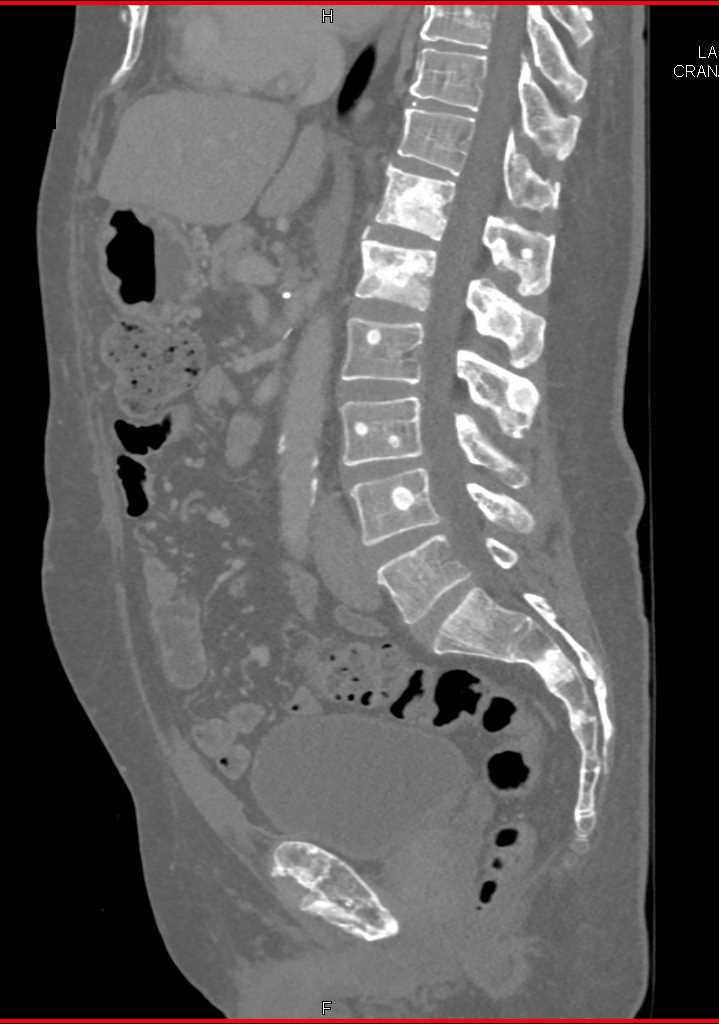

- #How to scan for browser hijacker how to#
- #How to scan for browser hijacker install#
- #How to scan for browser hijacker manual#
- #How to scan for browser hijacker software#
How to get rid of other malware from your Mac

Then, select Extensions in the sidebar.In the top-right corner, click the three horizontal lines > Add-ons.Here’s how you uninstall add-ons with Firefox: But, thankfully, they’re both relatively close to each other. There are actually two places you need to look for any malicious add-ons installed in Firefox. Find any strange-looking extensions and click Remove.Click the three dots in the top-right corner.If you have Google Chrome installed on your Mac, here are the steps to remove any browser hijackers that might have been installed: In the sidebar, click on any suspicious browser add-ons.Click Safari > Preferences > Extensions.When you have Safari open, here’s what you need to do to remove the browser hijacker: It’s a good idea to check all of the browsers you have installed and not just the one you usually use. Right-click or hold down Option and click on your Trash and then click Empty.Īfter you delete the app, you’ll want to check for any web browser add-ons to remove.Find any suspicious apps and drag them to the Trash icon.It’s best to assume that it’s installed both ways and look in both locations to remove it.įirst, to remove any application files, WebNavigator has installed, you just need to follow these instructions: This means it only installs as an actual app file or as a web browser add-on. Unlike other malware that can sneak into your supporting files, WebNavigator acts more like a potentially unwanted program. Steps for how to uninstall WebNavigator on your computer As long as you click on it, they still get money. It doesn’t matter that you might not be the intended target for the ads you see. While they’re not taking money from you, they get money anytime someone clicks, accidentally or purposefully, on one of the many popup ads they show. You might be wondering why someone would create adware like this, and it’s because they can make money off it.
#How to scan for browser hijacker install#
When you install it, you’re installing WebNavigator in actuality. Usually, browser hijackers will pose as a popup for an ad blocker and then prompt you to install it. WebNavigator was likely installed on your computer by pretending to be another piece of software. How did the WebNavigator browser hijacker get installed on my Mac? It’s more of what information is being collected from your Mac without you realizing it. So, it’s not so much a matter of if you can handle what’s happening to your computer.
#How to scan for browser hijacker software#
They also leave your Mac open and vulnerable to other malicious software to be installed. It’s a headache, to say the least.īut what you might not realize is behind all of that, browser hijackers like WebNavigator actually can track your internet activity. Because on the surface, all they do is change your homepage, lock your browser settings, and then serve you way too many popup ads.
#How to scan for browser hijacker manual#
Manual removal with CleanMyMac X anti-malware toolĪdware is probably the most annoying of the bunch. Invasive popup ads and slow browser performanceīrowser tracking, more malicious software, and poor computer performance There is a free version of this app you can download. It includes a special script for removing this and similar Mac-specific threats. Try and remove the hijacker with the CleanMyMac X antivirus. So here’s a tip for you before we get to meticulous manual methods.


 0 kommentar(er)
0 kommentar(er)
